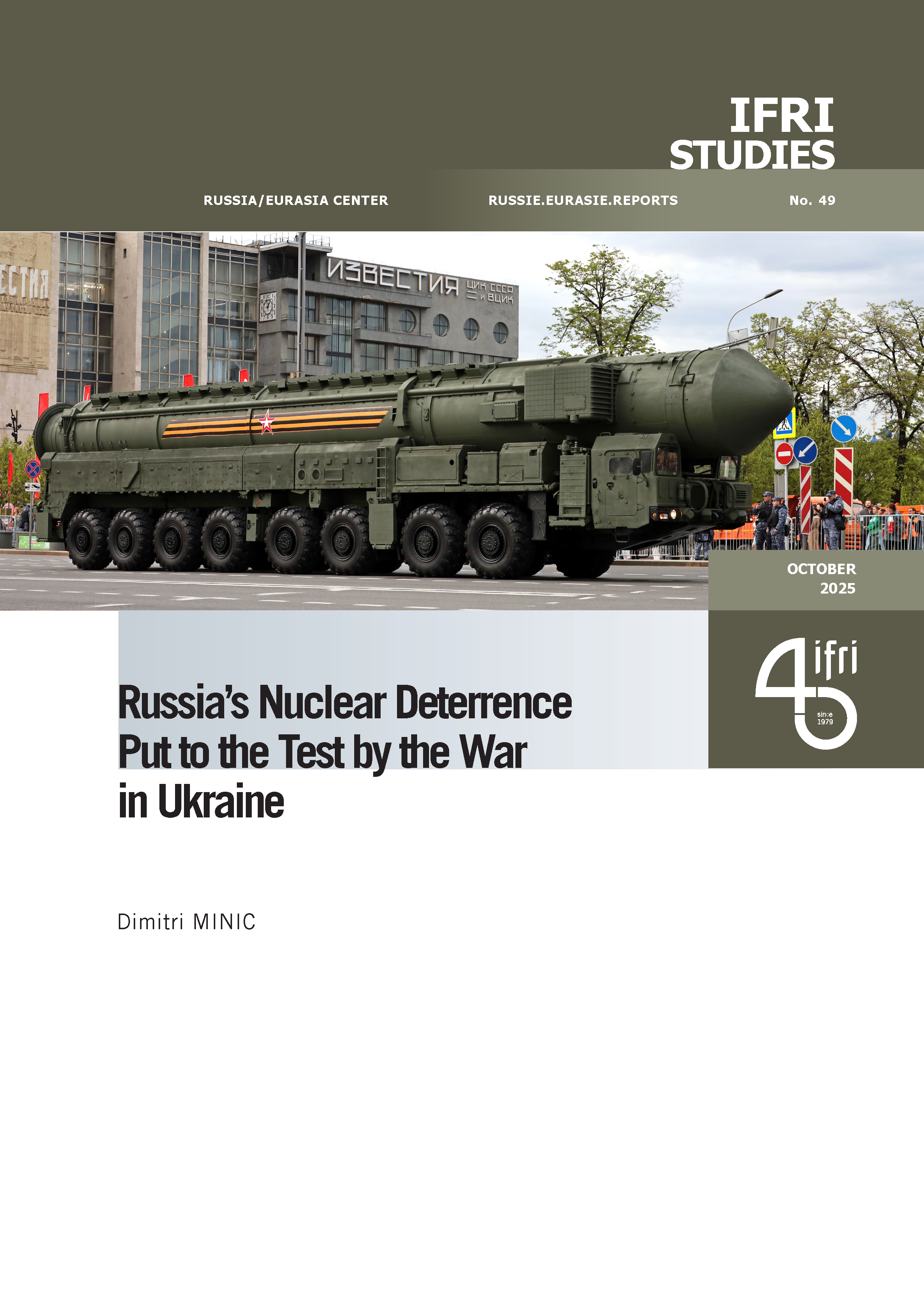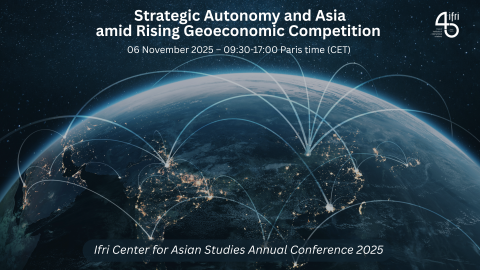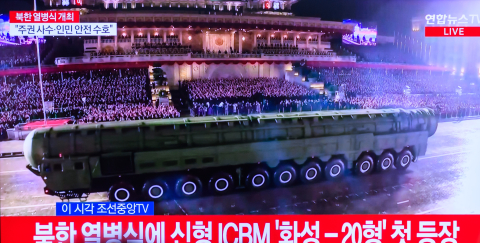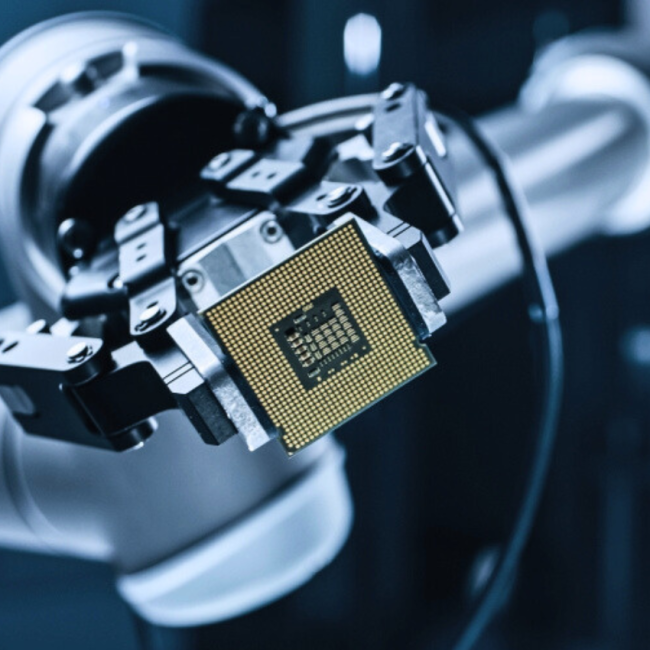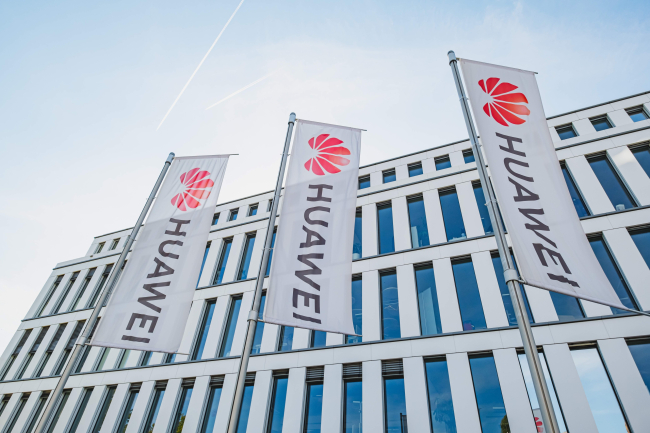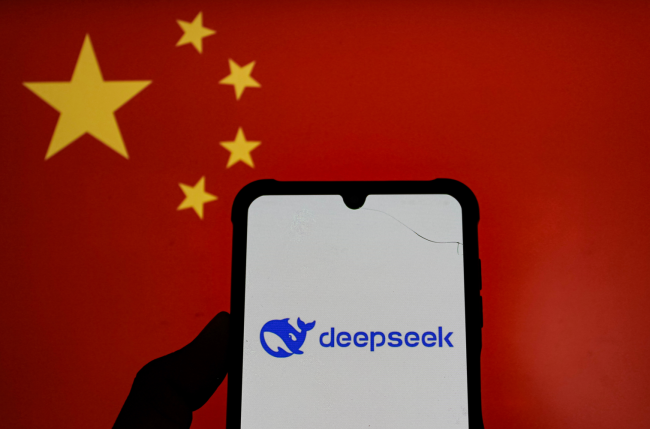5G and the US-China Tech Rivalry – a Test for Europe’s Future in the Digital Age

Until late last year, most Europeans only knew Huawei as one of many smartphone manufacturers gaining ground in stores across the continent. But in recent months, the tech giant has turned into a symbol of a high-stakes wrestling match between the world’s premier superpower, the United States, and its increasingly ambitious and capable challenger, China. Indeed, the impending rollout of 5G infrastructure has become a key battleground in a broader struggle for control over the industries of the future. Europe has meanwhile been caught on its back foot and urgently needs to develop a strategy to not only guide it through the current 5G debate, but also the tech rivalries that are still to come.
With dramatically higher data transfer speeds and decreased latency, 5G carries the promise of revolutionizing all spheres of daily life: from self-driving vehicles to healthcare to the “internet of things” and the digitalization of industrial production processes and so-called smart cities. Huawei currently leads the field in 5G infrastructure and as such, for the first time in modern history, China is in a prime position to lead the world in the rollout of a potentially game-changing technology. This prospect has caused fierce pushback from Washington and jitters across Europe and much of the West.
For months, the United States has been pressuring its European allies to enact an outright ban of Huawei from the rollout of 5G infrastructure on the continent. US Secretary of State Mike Pompeo even warned that allies who deal with the company will no longer be privy to American intelligence. China, in turn, threatened retaliation against European countries inclined to give in to US demands. China’s ambassador to the European Union (EU), Zhang Ming, spoke of “serious consequences” for economic and scientific cooperation, whereas China’s ambassador to Poland warned of “steep costs” for Poland if it decided to ban Huawei.
Caught between the two powers, Europe’s vulnerability is clearly visible: On the one hand, European countries depend on China’s central position in the value chain for information and communication technology (ICT), in particular regarding hardware; on the other hand, the United States dominates software development and remains Europe’s prime security guarantor.
Complicating matters further, the Trump administration announced on May 15 that Huawei would figure on the “Entity List” of the US Department of Commerce, effectively placing sanctions on the Chinese tech giant and banning all access to US technology (from microchips to critical software). This decision constitutes a major blow to the company that has the potential to severely affect its operations. It is also a clear signal to Western allies that the United States is serious in its campaign to stop Huawei’s growing influence. For its part, China has responded with its own broadly defined “unreliable entities list” of countries, companies, or persons that “seriously damage the legitimate interests” of Chinese companies.
In this situation, Europeans risk becoming mere objects in a geopolitical struggle for technological leadership that will significantly shape our future. The defense of European interests and values in this context will require Europeans to develop a common political strategy – based on sound principles and objective criteria – for navigating the geopolitical conflicts that new technology will bring. The 5G debate adds a sense of urgency to this quest.
To keep reading, download the full analysis in the PDF below, or via the SWP website.

Available in:
Regions and themes
Share
Download the full analysis
This page contains only a summary of our work. If you would like to have access to all the information from our research on the subject, you can download the full version in PDF format.
5G and the US-China Tech Rivalry – a Test for Europe’s Future in the Digital Age
Related centers and programs
Discover our other research centers and programsFind out more
Discover all our analysesThe “Huawei Saga” in Europe Revisited: German Lessons for the Rollout of 6G
While the European Union attempted to coordinate a collective response through its 5G Toolbox in Europe’s 5G infrastructure, member states diverged significantly in balancing political, economic, and technological considerations. Germany, despite its economic ties to China and status as Europe’s largest telecom market, only reached a tentative agreement in July 2024—one that appears largely symbolic.
European Startups and Generative AI: Overcoming Big Tech Dominance
Europe is at a crossroads. Faced with the domination of American Big Tech across the entire generative Artificial Intelligence (AI) value chain, from foundation models to cloud infrastructure, distribution channels, and open source, it risks long-term technological and economic decline. Yet generative AI also represents a major opportunity for economic transformation, with a potential value estimated at 1.5 times France’s gross domestic product (GDP). To turn it into a driver of renewal, Europe must move beyond the illusion of total technological independence and instead build an ecosystem that leverages Big Tech resources while strengthening its own innovation capabilities.
A "DeepSeek Moment"?
DeepSeek, hailed as a champion of Chinese AI, represents less a revolution than a significant optimization of existing technologies. Doubts remain regarding the figures put forward by the start-up, inviting a more measured response to the media hype surrounding China’s technological catch-up. Nonetheless, DeepSeek signals the need to question an economic model based solely on the race for computational power. By betting on open innovation, Europe can carve out its own path in a competition that is far from being a zero-sum game.
Artificial Promises or Real Regulation? Inventing Global AI Governance
The risks inherent to the unregulated use of AI, a key technology and vector of profound transformations within societies underline the pressing need to harmonize governance efforts at the international level. The Summit for Action on Artificial Intelligence to be held in Paris in mid-February could be an unprecedented timely occasion to agree on a global governance framework of AI for the public good.



